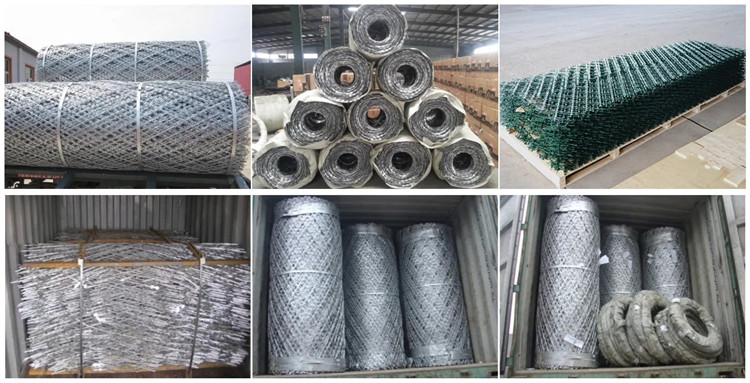Oct . 13, 2024 09:17 Back to list
types of field fencing
Types of Field Fencing
Field fencing is an essential element in agriculture, livestock management, and outdoor aesthetics. It serves various purposes, including containing livestock, defining property boundaries, and enhancing security. There are several types of field fencing, each with its unique characteristics and applications. Understanding these different types can help landowners select the most suitable fencing for their needs.
Types of Field Fencing
2. Stock Fencing Stock fencing is specifically designed for containing livestock. It typically consists of vertical posts with multiple horizontal wires stretched between them. The wire is usually smooth or lightly barbed at the top to provide added security. Stock fencing can be tailored to various heights and configurations to accommodate different types of animals, making it versatile and effective for sheep, goats, and other livestock.
types of field fencing

3. Electric Fencing Electric fencing is an increasingly popular choice for farmers and landowners. It operates by delivering a mild electric shock to animals that come into contact with the fence, deterring them from crossing it. This type of fencing is highly effective for containing animals while being less physically obstructive than traditional fences. Electric fencing is particularly useful for managing rotational grazing systems, as it can easily be reconfigured to create new pastures.
4. Chain Link Fencing Though commonly associated with residential properties, chain link fencing is also used in agricultural settings. Made from interwoven steel wire, chain link fences are durable and provide excellent visibility while still creating a barrier. They are often used in areas where security is a concern, such as around storage facilities or equipment. However, they may not be the best choice for containing livestock due to their height and material.
5. Wooden Fencing Wooden fencing offers a more aesthetic appeal and can be built in various styles, including picket, post-and-rail, or stockade designs. While wooden fences can be more expensive than other types, they provide good visibility and can enhance the overall look of a property. Properly treated wood can withstand the elements, making it suitable for outdoor use. However, wooden fences require regular maintenance to prevent rot and wear.
Conclusion Choosing the right type of field fencing depends on several factors, including the specific needs of livestock management, budget considerations, and aesthetic preferences. Each type of fencing comes with its advantages and limitations, making it crucial for landowners to evaluate their options carefully. By selecting the right fencing, property owners can ensure the safety of their animals, protect their land, and enhance the overall functionality of their agricultural operations.
-
Hop Dipped Galvanized/PVC Coated Temporary Fence - Anping County Xingzhi Metal Wiremesh Products Co., Ltd.|Temporary Fencing Solutions, Durable Security Products
NewsJul.30,2025
-
Hop Dipped Galvanized/PVC Coated Temporary Fence-Anping Xingzhi|Durability&Cost-Effective
NewsJul.30,2025
-
Hop-Dipped Galvanized PVC Fence - Anping Xingzhi | Durable, Quick Deployment
NewsJul.30,2025
-
Hop Dipped Galvanized/PVC Coated Temporary Fence - Anping County Xingzhi|Temporary Fencing, Durable Security, Customization
NewsJul.30,2025
-
Hop Dipped Galvanized PVC Coated Temporary Fences - Anping County Xingzhi|Durable Corrosion Resistance, Quick Installation
NewsJul.30,2025
-
Hop Dipped Galvanized / PVC Coated Temporary Fence - Anping County Xingzhi Metal Wiremesh Products Co., Ltd|Durable Temporary Fencing&Versatile Applications
NewsJul.30,2025



